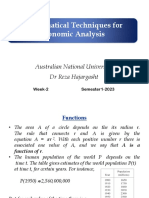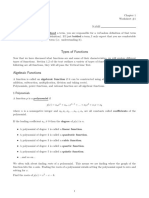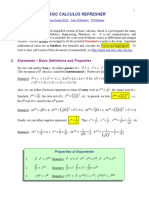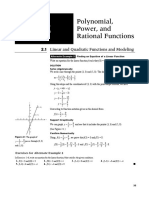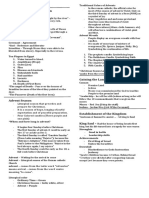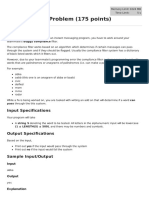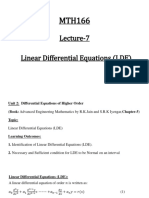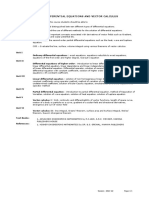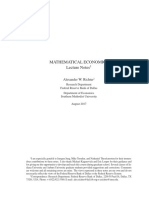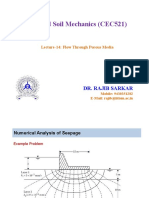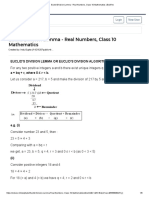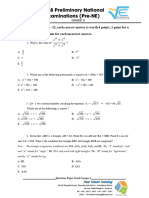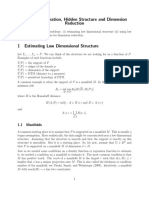0% found this document useful (0 votes)
62 views53 pagesFunctions and Graph Part 2
The document discusses various types of functions, their representations, and properties, including algebraic, graphical, and numerical forms. It covers functional notation, operations on functions, and specific types such as constant, linear, quadratic, polynomial, rational, exponential, logarithmic, and trigonometric functions. Additionally, it emphasizes the importance of domain and range in determining the behavior of these functions.
Uploaded by
Jhames HarveyCopyright
© © All Rights Reserved
We take content rights seriously. If you suspect this is your content, claim it here.
Available Formats
Download as PDF, TXT or read online on Scribd
0% found this document useful (0 votes)
62 views53 pagesFunctions and Graph Part 2
The document discusses various types of functions, their representations, and properties, including algebraic, graphical, and numerical forms. It covers functional notation, operations on functions, and specific types such as constant, linear, quadratic, polynomial, rational, exponential, logarithmic, and trigonometric functions. Additionally, it emphasizes the importance of domain and range in determining the behavior of these functions.
Uploaded by
Jhames HarveyCopyright
© © All Rights Reserved
We take content rights seriously. If you suspect this is your content, claim it here.
Available Formats
Download as PDF, TXT or read online on Scribd
/ 53


















